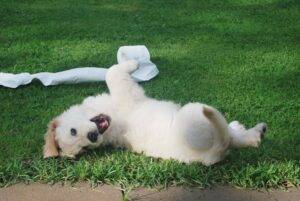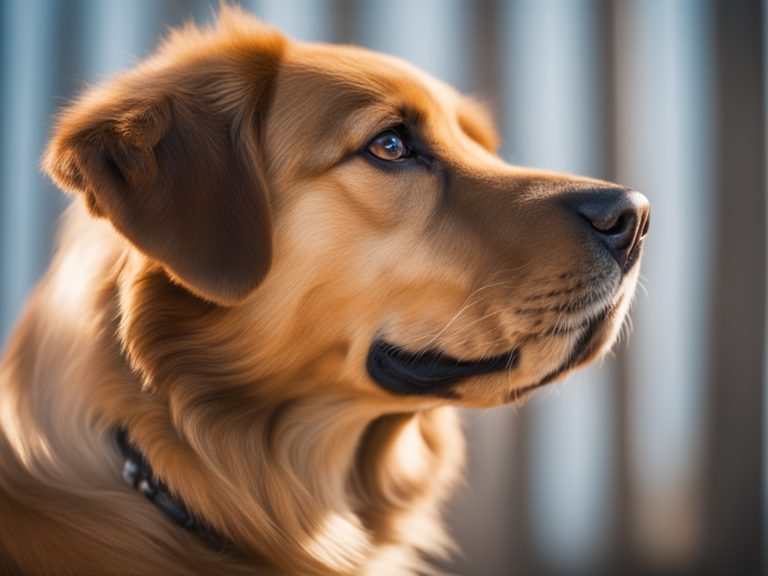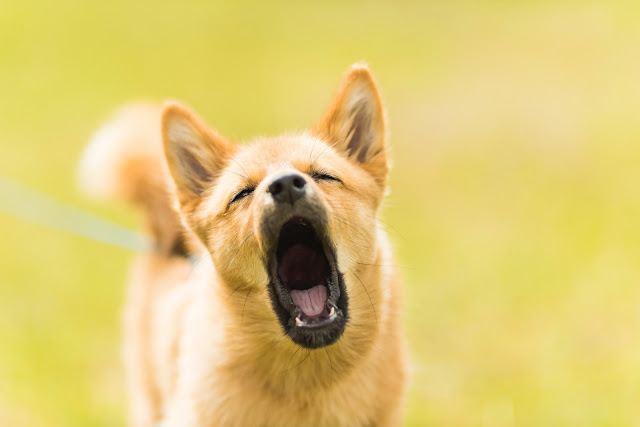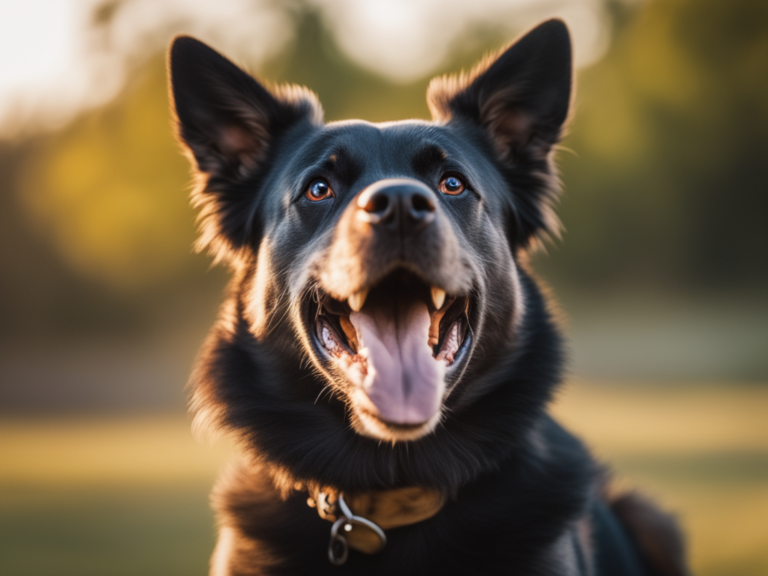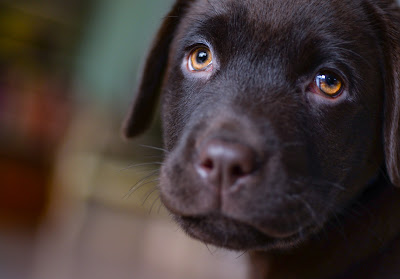Fun Ways To Train Your Dog
Dogs have always been considered man’s best friend, and what better way to strengthen that bond than by engaging in fun ways to train your dog? Training your furry companion doesn’t have to be a tedious task. In fact, it can be an enjoyable experience for both you and your dog. By incorporating creative and entertaining activities into your dog’s training routine, not only will you promote good behavior, but you’ll also develop a deeper connection with your pet.
In this blog post, we’ll explore some entertaining and effective methods for training your dog. From teaching them basic commands to encouraging self-control, these activities are designed to make dog training a fun and rewarding experience. Say goodbye to the monotonous obedience drills and hello to a whole new world of engaging and exciting dog training techniques!
Achieving Reliable Recall
A reliable recall is one of the most important things to teach your dog. It can help keep them safe in dangerous situations and give them peace of mind when they are off-leash. The Shadow Game is a fun way to achieve this.
Start by playing the game in a quiet and familiar environment. Put your dog on a six-foot leash and let them explore while you follow them. Whenever they turn around and come back to you, give them a treat and praise them. Repeat this until your dog starts to turn around and come back to you on their own.
Once your dog is consistently coming back to you in a controlled environment, you can start to play the game in more distracting environments. Remember to always reward your dog for coming back to you, even if it takes them a while.
Building a Strong Foundation for Polite Walking Exercises
Polite walking is another important skill to teach your dog. It can make walks more enjoyable and less stressful for both you and your dog. The Shadow Game can also help build a strong foundation for this.
Start by walking your dog on a six-foot leash and letting them lead the way. Whenever they stop to sniff or explore, stop with them. Once they start to move again, follow them. This will teach your dog that you are following them, not the other way around.
As your dog gets better at leading the way, you can start to add in cues like “let’s go” or “this way”. Remember to reward your dog for following your cues and for walking politely by your side.
Incorporating fun games like The Shadow Game into your dog’s training routine can help build a stronger bond between you and your dog while also teaching important skills. For more information on dog training and games, check out these related websites:
– ASPCA
The Name Game
Training your dog can be a fun and rewarding experience for both you and your furry friend. One game that can help improve your dog’s obedience is the Name Game. This game is designed to teach your dog to recognize and respond to its name, which is an essential part of any training program. The Name Game works by generalizing learned behaviors and using treats as rewards.
Generalizing Learned Behaviors
The Name Game is all about teaching your dog to respond to their name, no matter where they are or what they are doing. To do this, you need to start by teaching your dog to associate their name with a positive experience. You can do this by saying your dog’s name in a happy and enthusiastic tone of voice while giving them a treat or a toy. Repeat this process several times a day until your dog starts to respond to their name automatically.
Once your dog has learned to respond to their name in a controlled environment, it’s time to start generalizing the behavior. This means teaching your dog to respond to its name in different situations and locations. For example, you could call your dog’s name while they are playing in the garden or while they are watching TV with you. The goal is to get your dog to respond to their name no matter what they are doing.
Using Treats as Rewards
Using treats as rewards is an effective way to motivate your dog to learn new behaviors. When you are teaching your dog the Name Game, you should always have treats on hand to give them when they respond to their name. Start by giving your dog a treat every time they responds to their name correctly. As your dog gets better at the game, you can start giving them treats less frequently.
It’s important to remember that you should only give your dog treats when they respond to their name correctly. This will help your dog learn that responding to their name is a positive experience. If your dog doesn’t respond to their name, don’t punish them. Instead, try again later or go back to an easier level of the game.
Sources:
AKC,
——————————-
Get access to the best pet discounts, items, and training by clicking the link below
————————————-
The Fetch Game
Teaching Your Dog To Fetch
Playing fetch with your dog is a great way to bond and get some exercise. However, not all dogs know how to play fetch. Teaching your dog requires time and patience, but it is worth it in the end.
When purchasing a toy, choose one based on your dog’s age, size, and ability. For example, if your dog is older or younger, pick a toy that is easier for them to grasp with their teeth. For dogs that are proficient at fetch, choose toys that pose a greater challenge. Popular fetch toys include standard tennis balls, squeaker footballs or tennis balls, retriever plastic or rubber bumpers, discs and flyers made of soft, flexible rubber, rope toys with rubber attachments, and plush dog toys in animal shapes.
To teach your dog to fetch, start by introducing the toy through a game of tug-of-war. This will help your dog become familiar with the toy and become more interested in it. Next, put treats inside the toy to make it more enticing. Tease your dog with the toy to gain their attention. Once your dog is interested in the toy, it’s time to start the game of fetch.
Begin by throwing the toy a few feet away. As your dog catches on, show your enthusiasm so they want to please you by playing more. Gradually increase the distance you throw the toy until your dog understands the fun of chasing after something. Be patient during the learning process. If your dog doesn’t understand the game as quickly as you want, hide any frustration you feel. Don’t be discouraged if you have to pause and try again another day.
Incorporating Obedience Commands
Once your dog understands the game of fetch, you can begin to incorporate obedience commands. Use specific phrases and consistent actions with each command to quickly build comprehension. For example, use phrases like “drop it” to teach your dog what behavior is desired.
To beat boredom, introduce new challenges, such as holding your dog’s collar as you throw the toy and making them wait to retrieve it. You can even introduce the command “wait” to let them anticipate the throw.
Don’t forget to keep two toys in hand if your dog loves to chase but won’t return the toy. Throw the first toy and once your dog reaches the toy, use the second toy to tease them. Chances are, the dog will quickly become too excited to drop the toy they’ve retrieved and will run back to you with it. Play this game over and over until your dog is bringing one toy back to you in anticipation of chasing another.
Remember, playing fetch with your dog is a fun way to bond and get exercise. Teaching your dog to fetch requires patience and persistence, but it is worth it in the end.
——————————-
Get access to the best pet discounts, items, and training by clicking the link below
————————————-
The Hide and Seek Game
If you want to train your dog while also having fun, the hide-and-seek game is a great way to do it. This game not only provides physical exercise but also mental stimulation. Your dog will use their sense of smell to locate you, which will help to build their brain power.
Using Your Dog’s Sense of Smell
Hide and seek requires your dog to use its sense of smell, which is one of the most important senses for them. Dogs have an exceptional sense of smell and can detect scents that humans can’t. When you play hide and seek with your dog, you are utilizing their sense of smell to help them locate you. This is a great way to build their olfactory abilities and improve their overall cognitive function.
Building Mental Stimulation
Playing hide and seek also helps to build your dog’s mental stimulation. Your dog will have to think critically to locate you, and this will help to tire them out mentally, which is just as important as physical exercise. When your dog is mentally stimulated, they are less likely to engage in destructive behavior and are more likely to be calm and well-behaved. This is especially important if you have a high-energy breed like a Border Collie or a Jack Russell Terrier.
If you want to get started with the hide-and-seek game, start by teaching your dog a solid sit-stay or have someone hold them while you hide. Then, start by playing the game inside your home and gradually increase the challenge by hiding in harder and harder places. You can use phrases like “Come and get me” or “Where is mommy/daddy?” to encourage your dog to find you. Don’t forget to shower them with praise when they do find you, as this will keep them excited about playing the game.
As your dog gets better at the game, you can increase the challenge by playing in the yard or at the dog park. This is a fun and engaging way to train your dog, and it’s a great way to build your bond with them. So, get out there and start playing hide and seek with your furry friend!
——————————-
Get access to the best pet discounts, items, and training by clicking the link below
————————————-
The Tug of War Game
Tug of War is an enjoyable game that can be played between dogs and their human companions. This game can help in building impulse control and strengthening the bond between the dog and its owner. Dogs love to bite, but playing tug of war can teach them how to play appropriately with people without getting aggressive.
Building impulse control
Initiating and ending the tug-of-war game is crucial, and it should always be done by the owner. Sloppy attempts to get the toy that make contact with the owner’s skin should end the game immediately. The toy should be placed away from the dog when the game is over.
You can start the game by giving the verbal cue “take it” and presenting the tug toy. Moving the toy back and forth slightly can foster interest or chase. When the dog has the toy in its mouth, engage it in a gentle game of tug. Rewarding the dog’s interest in the tug verbally can encourage it to continue playing.
Freezing (stopping tugging and any toy movement) and giving the verbal cue “drop it” can be used to prompt the dog to drop the toy. Rewarding it with a treat for dropping the toy is essential. Adding the cue “sit” or “down” and rewarding the behavior with “take it” and the presentation of the tug toy can help control the dog’s arousal.
Avoiding aggression
While teaching your dog to play tug of war, it’s essential to note that it will not make the dog aggressive. However, playing tug of war with dogs that guard objects and/or display aggression is not recommended. It’s also not recommended that children play tug of war with dogs because the excitement level may be more difficult to control.
Playing tug of war is an enjoyable game for both dogs and their owners. It can also help in building impulse control and strengthening the bond between the dog and its owner. However, it’s essential to play the game carefully and avoid aggression.
For more information related to dog training, please check out AKC or PDSA.
——————————-
Get access to the best pet discounts, items, and training by clicking the link below
————————————-
The Agility Game
Dog training doesn’t have to be boring! In fact, incorporating fun games with your dog can help build a strong connection and make training enjoyable for both you and your furry friend. One such game is the Agility Game, which can help build physical fitness while incorporating obedience commands.
Building Physical Fitness
Agility training involves setting up an obstacle course for your dog to navigate through. This can include jumps, tunnels, weave poles, and more. By encouraging your dog to jump, run, and climb over obstacles, you can help build their physical fitness and stamina.
When starting out with agility training, it’s important to keep in mind your dog’s age and physical abilities. Start with low jumps and simple obstacles, gradually increasing the difficulty as your dog gets the hang of it. Always provide plenty of water breaks and rest periods to prevent over-exertion.
Incorporating Obedience Commands
Agility training can also incorporate obedience commands, such as “sit,” “stay,” and “come.” By practicing these commands in the context of an obstacle course, you can reinforce their obedience skills while also providing a fun and stimulating activity.
For example, you can have your dog “stay” at the start line while you guide them through the obstacle course using hand signals and verbal cues. Then, once they’ve completed the course, you can reward them with a treat and praise.
It’s important to remember that agility training should be a positive experience for both you and your dog. Use treats and positive reinforcement to encourage good behavior, and never punish or scold your dog for not getting it right. With patience and practice, you and your dog can master the Agility Game and enjoy a fun and rewarding training experience.
Looking for more information on agility training? Check out AKC’s Agility page for tips and resources.
——————————-
Get access to the best pet discounts, items, and training by clicking the link below
————————————-
The Treat Hunt Game
Introducing new games to train your dog is always a fun and engaging way to strengthen your bond with your pet. The Treat Hunt Game is an exciting game that encourages your dog to use its hunting instincts, keeping them active and entertained while avoiding overeating.
Building Hunting Instincts
The Treat Hunt Game is a great way to build your dog’s hunting instincts. To play this game, you will need to hide treats around your house or in your yard. Start by hiding them in obvious places, then gradually make them more difficult to find. You can also use different types of treats to make the game more interesting and challenging for your dog.
This game helps your dog use their sense of smell and problem-solving skills to hunt down the treats. It also keeps their minds sharp and alert, helping them stay focused and attentive to their surroundings.
Avoiding Overeating
While playing the Treat Hunt Game, it is important to avoid overfeeding your dog with too many treats. You can use this game as a way to portion out their daily treats, making it a healthy and fun way to train your dog.
Start by using a small number of treats and gradually increase the amount as your dog gets better at finding them. You can also use healthy treats like carrots, green beans, and apple slices to avoid overfeeding your dog with unhealthy treats.
Conclusion
Training your dog doesn’t have to be a chore. By incorporating fun and engaging activities into your training sessions, you can help your furry friend develop the skills they need while also having a great time together. From playing games like hide-and-seek and fetch to teaching your dog new tricks and rewarding them with treats, there are many ways to make training fun and exciting.
Remember to be patient and consistent with your training, and to always use positive reinforcement techniques. With a little creativity and a lot of love, you can help your dog become a well-behaved and happy member of your family. So go ahead, grab your pup, and get started on some fun training activities today!
FAQ:
What are some fun ways to train my dog?
Training your dog can be a fun and rewarding experience for both you and your furry friend. There are many different ways to train your dog, and each method has its own benefits. Some fun ways to train your dog include playing games, using positive reinforcement, and incorporating training into your daily routine.
What games can I play with my dog to train them?
There are many games you can play with your dog to help train them. One game is the “Name Game,” where you say your dog’s name and reward them with a treat when they look at you. Another game is the “Shadow Game,” where you teach your dog to follow you closely on walks and reward them for good behavior. You can also play “Find It,” where you hide treats around the house or yard and your dog has to find them.
What is positive reinforcement and how can I use it to train my dog?
Positive reinforcement is a training method where you reward your dog for good behavior. This can be done with treats, toys, or verbal praise. When your dog does something you like, you reward them, which encourages them to repeat the behavior. Positive reinforcement is a great way to train your dog because it helps build a strong bond between you and your pet.
How can I incorporate training into my daily routine?
Training doesn’t have to be a formal, structured activity. You can incorporate training into your daily routine by teaching your dog to sit or stay before meals, or practicing commands during walks. You can also teach your dog new tricks while playing in the backyard or at the park.
Remember, training should be a fun and rewarding experience for both you and your dog. By using positive reinforcement and incorporating training into your daily routine, you can build a strong bond with your furry friend while teaching them important skills.

